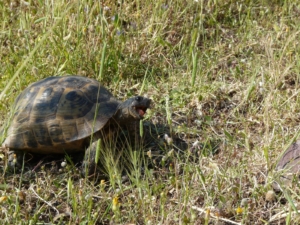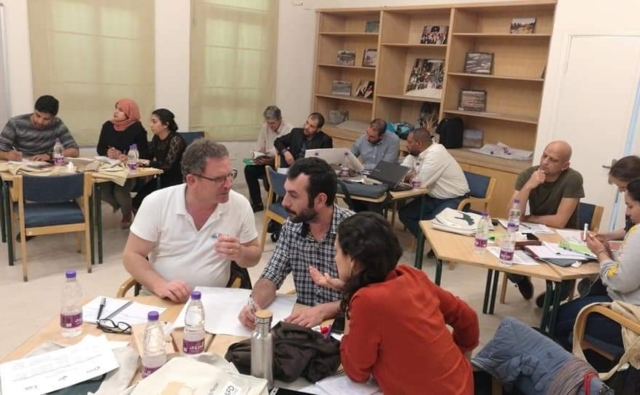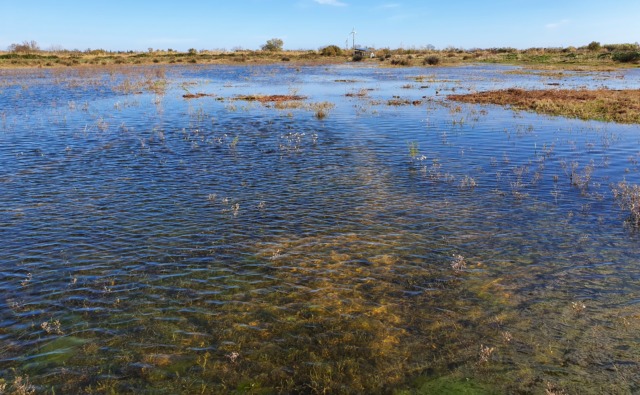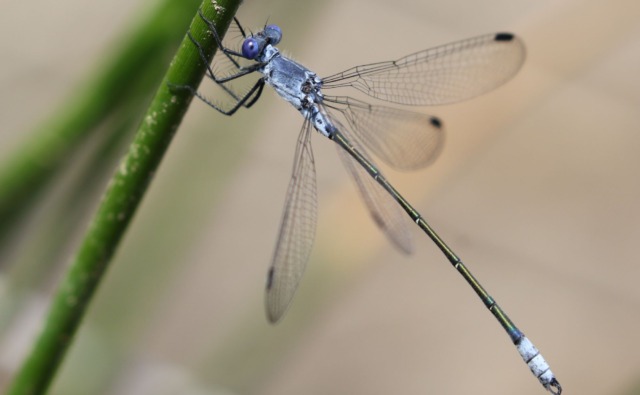Cet article vient d’être publié dans la revue Zoology in the Middle East. L’étude vise à déterminer la distribution spatiale, l’utilisation des habitats et la démographie de la Tortue grecque (Testudo graeca) dans le delta de Gediz (côte égéenne de la Turquie) entre 2015 et 2017. Une étudie approfondie par capture-marquage-recapture a été menée aux abords du marais de Sazlıgöl.
L’article s’inscrit dans le cadre du doctorat de Dilara Arslan.
Vous pouvez le retrouver sur le portail documentaire de la Tour du Valat.

Résumé:
The Spur-thighed tortoise (Testudo graeca) is listed as vulnerable on the IUCN Red List, with small and fragmented populations located around the Mediterranean basin. In Turkey, this species has remained poorly studied which hampers solid assessment of threats and conservation measures. We studied the spatial distribution, habitat use, and demography of the species in the Gediz Delta (Aegean coast of Turkey) between 2015 and 2017 with a specific capture-mark-recapture survey made in the Sazlıgöl marshes. A total of 114 individuals (20 juveniles, 62 males and 32 females) were captured and released in that period. Carapace length of adult females was on average higher (205.2±3.2 mm) than in adult males (190.9±2.3 mm). Sex ratio was biased with 1.94 males per female. Based on the capture-recapture histories of 65 individuals (3 juveniles, 37 males and 25 females) marked in 2015, we estimated the population size of the Sazlıgöl marsh population to be 137±23 individuals, which corresponds to a density of 5.7 individuals per ha. The main threats detected were agricultural activities, urbanisation and captures for the pet trade.
Référence bibliographique: (2021)Demography, distribution, and threat assessment of the Spur-thighed Tortoise (Testudo graeca) in the Gediz Delta, Turkey (Reptilia: Testudines), Zoology in the Middle East, DOI: 10.1080/09397140.2021.1933764



